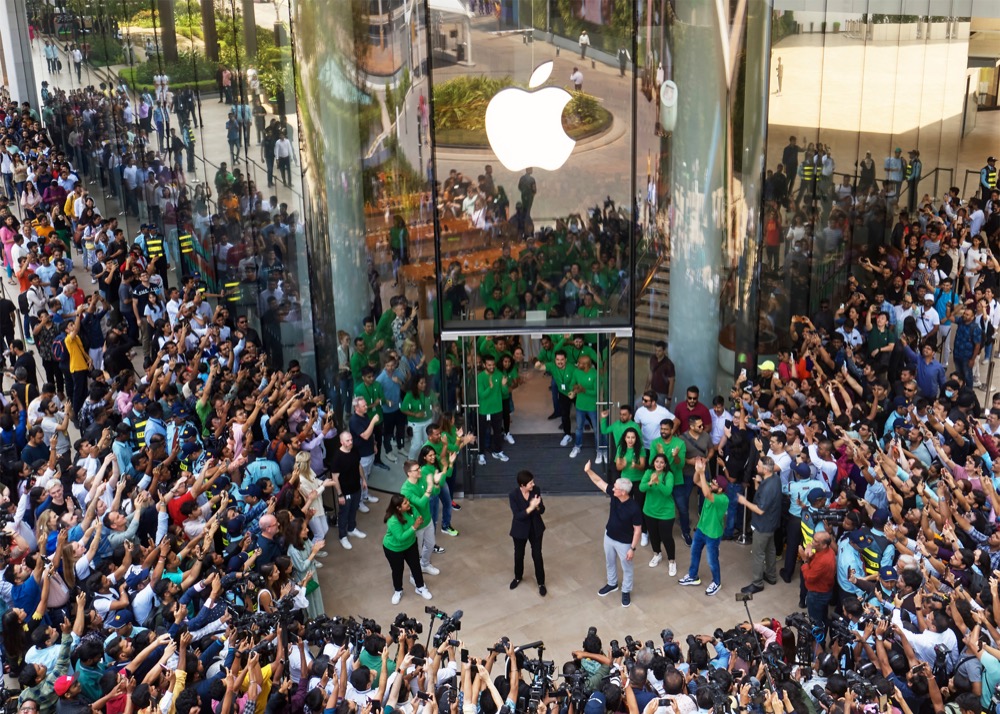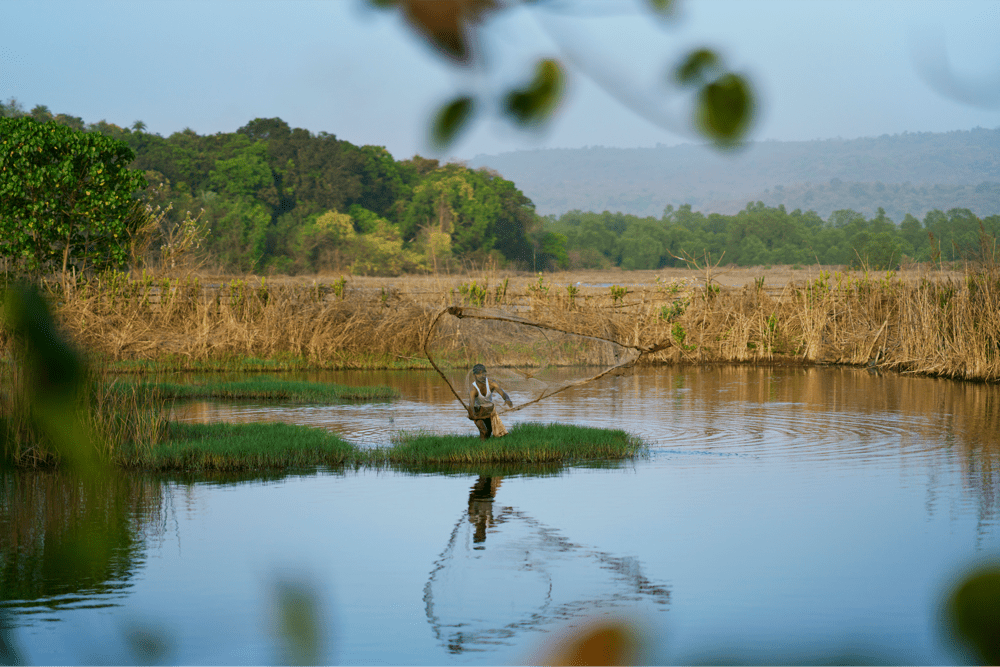Apple, Foxconn, and the impact on Devanahalli, north of Bengaluru

Crowds came to the opening
Rapid evolution of the Apple manufacturing supply chain in India is having a dramatic impact in some regions, transforming local infrastructure, economy, and demographics. At the same time the old problems remain, as those who live in these regions now find themselves unwanted, priced out, and unequipped to benefit from the advantages of these changes.
The conflicts of change
We’ve heard this song before, of course. Again and again, from places across the planet, we hear how entire local communities are being disempowered in the places they are from as changes of this kind happen.
In London, you see less economically advantaged groups shunted out to make way for wealth while kids remain at home into their mid-30’s and beyond, you see the same in San Francisco, while in Lisbon the Portuguese also find themselves moved aside for AirBnB rentals and wealthy property investors.
Now we are seeing the similar events play out.
That’s my personal take away on reading a very interesting Rest of World piece which explores the wider impact of Foxconn’s huge investment in a new iPhone factory in Devanahalli, North of Bengaluru.
Apple, Foxconn, and Devanahalli
The $2.5 billion factory, set to be Foxconn’s second-largest outside China, will occupy the space of 220 football fields and create 40,000 jobs. Local and national governments are investing deeply to support the facility, which is expected to help Foxconn double its iPhone production in India to reach 30 million units.
Apple is on track to make 25% of all the iPhones it sells worldwide in India this year.
The story explains how these plans have stimulated a wave of property investment in the region and has also created a property boom. Rentals and property prices are accelerating fast, as thousands of new employees move into the area to work at the future and existing factories. The report seems to suggest these people mainly seem to come from China, Taiwan, and the Philippines. The arrival of thousands into the region is attracting other industries.
But all these investments aren’t always going down too well with local farmers, who feel shunted aside, complain of inadequate compensation when removed from their land, and note that for all the investment going into the region investment in education for themselves and their families hasn’t kept pace meaning that once the factories do get build they won’t have the skills to get jobs there. Even as the region they grew up in is transformed.

Mangroves in India are threatened by climate change.
What’s so interesting about this story is that it (a) sounds true and (b) absolutely matches the experience we’ve seen with these kinds of changes when they hit any other part of the world. And, yes, while the wealth generation is good, the wealth inequality locked up in this approach absolutely becomes a tool with which to breed future political resentment.
So, in my view, for all the billions already being invested in the region, a few hundred million more being invested into the existing communities both to bring them on side and also ensure they can access the benefits unlocked by these changes would be money well spent, solving problems today that will otherwise only emerge tomorrow. It is, after all, better for business to ensure stability is part of local economic design, after all.
You can follow me on social media! Join me on BlueSky, LinkedIn, and Mastodon.